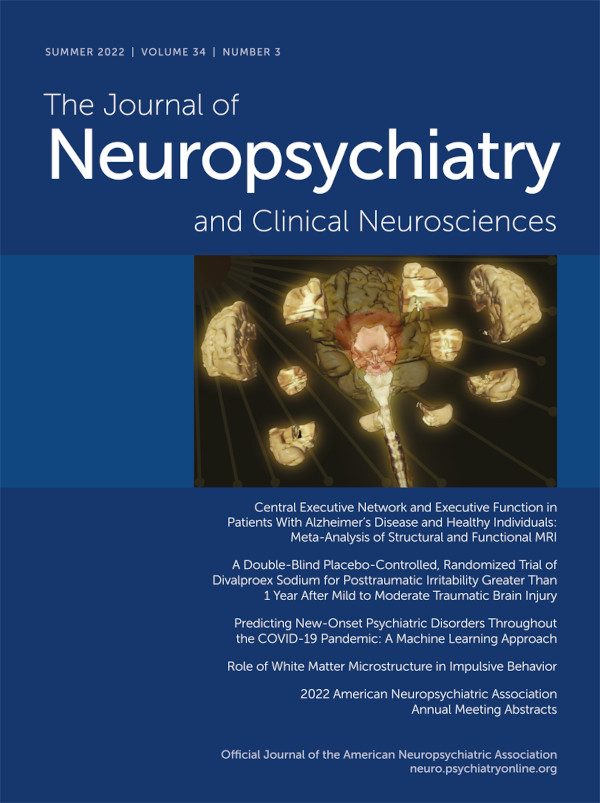Response to van Dijl et al.
IN REPLY: I thank Dr. van Dijl and colleagues for their interest in our study and their additional suggestions about the reasons why hysterectomy rates may have been so much higher in women with functional neurological disorder (FND) (29%, N=107) compared with age-matched control subjects (5%, N=85). I agree that stress and adverse experience, more likely in the FND group, could alter the hormonal environment in a way that contributes to dysmenorrhea and abnormal uterine bleeding (1). There are other causal pathways, including an increased risk of pelvic inflammatory disease as a direct consequence of sexual abuse, and the effects of pain and injury, including from surgery, which are also risk factors for FND (2). The two case studies described are less persuasive of their specific hypothesis because FND can improve spontaneously, especially in response to a medical team providing nonspecific care. I agree, however, that a broad approach that includes pathophysiological pathways should be taken when trying to understand the reasons for correlations found in epidemiological studies of FND.
1 : Stress and functional neurological disorders: mechanistic insights. J Neurol Neurosurg Psychiatry 2019; 90:813–821 Crossref, Medline, Google Scholar
2 : The role of physical injury in motor and sensory conversion symptoms: a systematic and narrative review. J Psychosom Res 2009; 66:383–390 Crossref, Medline, Google Scholar



